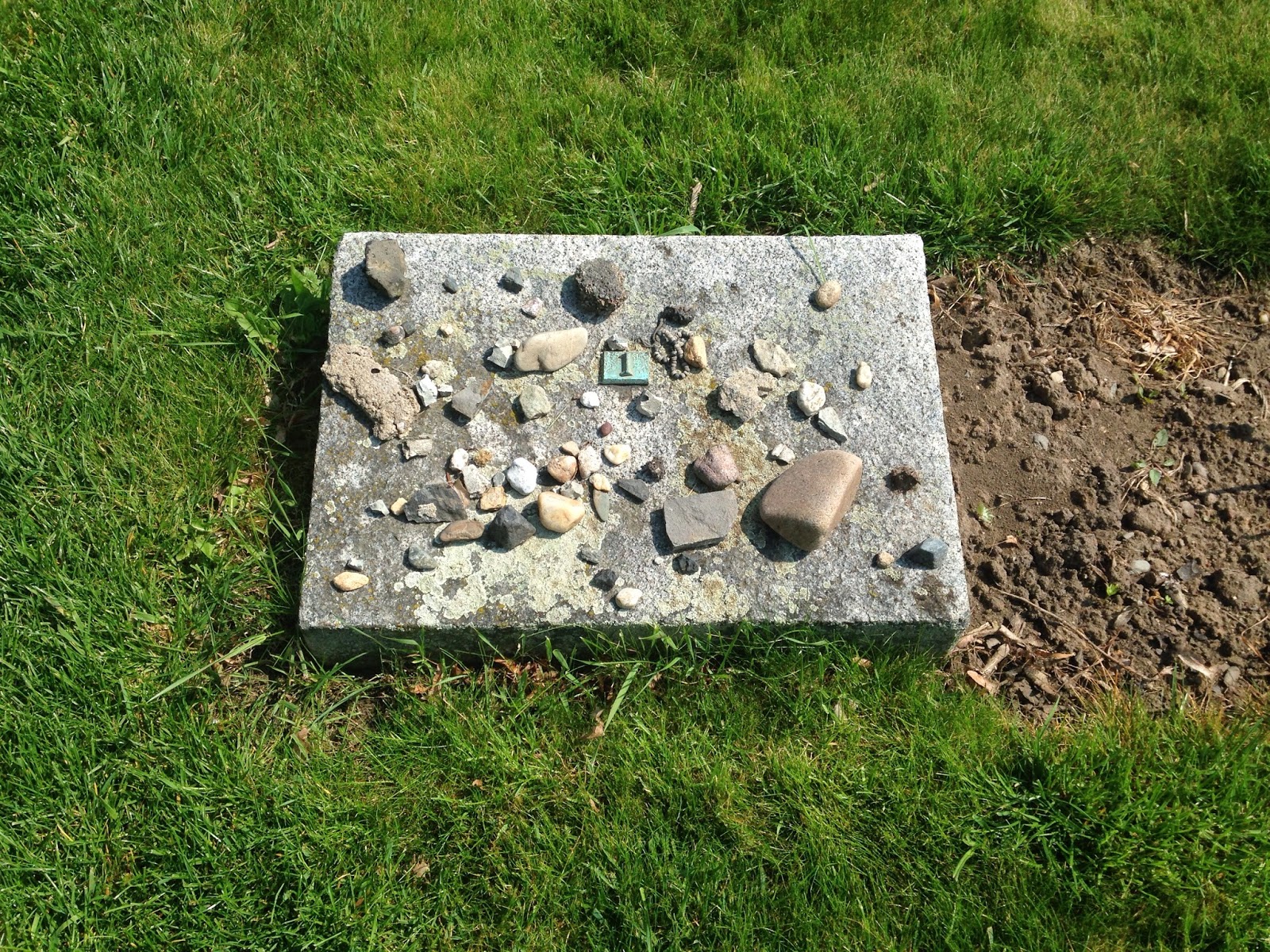After spring break we had a week back at school before our next trip. It was a short day trip to the Terezin Ghetto/Concentration Camp. We got on the bus and drove 4 hours to our destination. It was a small fortress where many of the prisoners were held before being sent to a larger concentration camp or an extermination camp. When we were walking in I wasn't sure what to expect. The first thing we saw was all of the graves outside of the camp built in memorial of some of the prisoners. There were hundreds and many of them had the little stones on them. Then we entered through the front gateway and started our tour. Like many of the concentration camps before entering the camp overhead there was a sign that says "Arbeit Macht Frei," work makes (you) free. Then we were able to see the living quarters. They were terrible. Cramped, cold and bare. As we walked into each room he stated how many people we had in there, which was 30, and then stated how many prisoners were actually forced to live in there together. This really struck a cord. One room was specifically for jews. No beds, no toilet, only one window. They were forced to stand. We had 30 people in there and it was difficult to move and the tour guide said that they had 60 people living in there. Gasps were heard all around the cell and it really hits you how insane it truly was. These people were forced to stand in this cell without any toilets or food, it leaves your mind to wonder what was going through the prisoners heads. Then we walked over to the shower rooms and the decontamination rooms. No personal privacy. I think that would be very hard for me. I wonder how many of the prisoners struggled with the privacy issue in the camps. Then we were able to walk over to the barber shop or hair salon, something like that. It was a room with sinks lined on each side of the room and the purpose of this room was to use as propaganda. This room was created to show allied forces that the concentration camps were not as bad as they seemed. Some of them worked. We were also able to watch the propaganda video where the prisoners were shown smiling, playing soccer, and mingling throughout the camp. Of course this was a facade. Many people died in Terezin. We were able to walk to a separate part of the fortress where there were more bunks and where he told us about escape attempts of some prisoners. He said if prisoners tried to escape they were killed. Some of them were stoned to death by their fellow prisoners or, in one situation, the person who tried to escape had to chose someone to be shot along with them, as an example. There were a few people who did escape. I think it was two or three men who escaped and were able to hide out until the war was over.

Propaganda Room
Stones on the graves
Just some of the graves
Entrance to the camp
After the camp we took a short ride into town to go to a museum of the ghetto and the people living in the Terezin Ghetto. The museum depicted the culture in the ghetto and the lifestyles of the inhabitants. There were so many rooms with so many artifacts. Everything from personal possessions to paintings and mock children's magazines. They tried to make life as normal as it could be. The best and worst part of the museum were these two pillars where journal entries were depicted. It only had short two or three sentences from someones journal. Many of them described the living conditions. They were horrible. One talked about all of the kids being sick and not knowing how to keep them alive and another talked about a pregnant woman and how she was not allowed to have the baby, so she was most likely killed. Just horrible things that I could never wrap my head around. We were also able to see the inside of what the living quarters were like in the ghettos. It was terribly dark and cramped. It seemed that everyone only had their bunk and somehow all of their possessions were supposed to fit in that small area. There were bunks all over the room, I think about 40 people lived in a room that was maybe twice the size of my room at home. Insane. We also saw many pieces of artwork and the music culture in the ghetto. They tried to keep it as normal as possible, putting on plays and concerts.
Thankfully, a few of us were able to end the day on a high note. There was a little antique shop across the street full of so much junk, but the good kind of junk. It was fun to see all the history in one room. Then we got on the bus and headed back to Olomouc.
Poem by a little jewish boy in the Ghetto





No comments:
Post a Comment